SummaryUpdate: I originally posted this in 2018 but I've updated in 2023 following another visit. Updates in italics Airport Rating ***** Reception of locals ***1/2 Cost: ££££
The world's most liveable cityAs I did for my trip to Luxembourg, I decided to type in 'Everywhere' into the destination field in Skyscanner and see where the cheapest flights would take me. Three days later, I found myself in Vienna. I'm glad I did, it's a city that has been on my list for a long time. It's a city with a long and illustrious history, and has managed its transition to modernity in some style, despite a series of setbacks. During my second trip, I had over a week in Vienna and I spent much of that time just wondering different parts of the city. This time I went for work, so I had two weekends and the evenings free, which was enough to see a lot of extra places around the city. Vienna came into its own in the middle of the last millennium with the rise of the Habsburg ruling family. The Habsburg line gave Emperors and Empresses to the Holy Roman Empire, the Austro-Hungarian Empire and even the Spanish Empire. The city was a bulwark against the might of the Ottoman Empire, and in fact the Ottoman invasion of Europe was stopped at the gates of Vienna. Since then it managed to grow in importance, riches and grandeur, producing such famous names as Mozart (he now has his own park that I visited) and Sigmund Freud (he has his own museum, that I didn't visit). It had its golden period in the late 19th and early 20th centuries when it became a cultural hub in the centre of Europe and the capital of a large empire. It was around this time that its Baroque architecture made it one of the most beautiful cities in the world (and it still is). Whilst suffering quite heavily in the two World Wars, the city has bounced back and since the turn of the new millennium often features near the top of the most liveable cities in the world, and I'm not surprised. It's a big city, with at times a small town feel. It has some incredible landmarks, decent food, and whilst expensive, it isn't nearly half as bad as Paris or London, Another beautiful cathedralThere were no issues going through the airport, and even better, the transport into the city was probably the best I have ever been on. Most airports around the world have an express service into the city centre, but the one in Vienna was; quick, relatively cheap and felt luxurious. At €11, the 16 minute train journey was made even better with a phone charger on every seat, a spacious cabin, and premium seats - I didn't want to get off! From the train station, I noticed that my hotel was a good one hour walk, so I decided to take the scenic route through the city centre. The one hour walk ended up being 3 hours long as I stopped by the magnificent St Stephen's Cathedral. Rising over 400ft, the part Romanesque, part Gothic cathedral is almost a thousand years old, and is jaw droppingly beautiful. The first thing that catches your attention is the scale of the building, it is genuinely large - and then you begin to notice the detail, the colourful roof, the carvings and you begin to appreciate it on another level. The perimeter was surrounded by tourists taking photographs so I decided to check it out inside. Not quite as large or as spectacular as the interior of the Notre Dame Cathedral in Paris, nor as uniquely decorated as the Sagrada Familia in Barcelona, it was nonetheless still remarkable. However, where this cathedral really shines is the views that it affords from its two towers. You can visit either the south or the north towers. Despite the south tower being twice as tall, almost every online review pointed to the north tower as being the preferred option. Firstly the south tower is considered a pretty taxing climb, and secondly you only see views from inside of a room looking out four relatively small windows. The north tower, on the other hand, uses a lift to get you to the top, and you have a 360 outdoor view. At €5.50, it's slightly more expensive than the south tower, but definitely worth paying a little extra (remember to bring cash, as it's no cards). The view from the top is incredible. You are right next to the multi-coloured tiled roof which features almost a quarter of a million glazed tiles. On the other side you have a great view looking across a city that has an almost uniform height when it comes to its architecture, giving almost unblocked views across Vienna. It's a better view than Sagrada Familia, although in terms of places of worship, the view from St Peters Basilica in the Vatican is pretty hard to beat. If you've read my other articles, you'll know I've visited many cathedrals around the world, but this would comfortably rank in my top 5. It has the sheer size, the history, the beauty in its design, and of course, the incredible view. Parks and palacesMuch like Rome, parts of Vienna are like an open air museum, and the palaces, parks and gardens are the best examples of this city's incredible history. And of all the palaces, perhaps none are more spectacular than Schonbrunn. Built in the 17th century, the Baroque style structure was a primary residence for a number of the country's Habsburg rulers. The palace is slightly north of the city, and I decided to catch a tram from my hotel. The tram system is very efficient, and I purchased a multi day ticket to allow me to use the trams throughout my three day stay. Now, technically, I probably didn't have to, but morally it's the right thing to do. It turns out the Austrian transport system works on trust. There are no barriers in sight, and even though I've read that ticket inspectors sometimes do check tickets, they are supposed to be few and far between. During my time there, I didn't see a single ticket inspector. Schonbrunn Palace is big, very big. The palace itself has over 1,000 rooms, but that's just part of its size, the gardens extending around its perimeter are even larger. I walked into the ticket office, and guided tours ranged from roughly €10-€25. I was slightly unsure whether I wanted to spend an hour or so of my trip looking at different rooms and works of art, and my decision was made for me when I realised that I would have had to wait an hour and a half for the particular tour that I would have selected, so I decided to give it a pass and explore the large exterior garden which is free of charge. I headed toward the Neptune fountain, walking past the brilliantly kept grass in the middle. It was a particularly hot day, and there was little to no shade, so it was slightly uncomfortable, but the view from the fountain looking through a small waterfall directly at the palace was incredible. Behind the Neptune fountain is a 200 ft high hill with a structure dating from 1775 known as the Gloriette, symbolising the glory of the Habsburg ruling house. The Gloriette was significantly damaged during the Second World War, but has been rebuilt and today looks, well, glorious! Climbing up the hill was tiring but also provided some welcome shade from the sun by the trees lining the perimeter. The view from the top of the hill is great, overlooking the entire city, but you can climb higher still. The structure houses a cafe, and for a small fee of less than €5 you can climb to the top of the Gloriette. I decided to do just that and it's worth the money. The view overlooks the hill, fountain, palace, and most impressively, in the distance, the city. You can make out the spire of St Stephens Cathedral, and it's one of the places I would definitely recommend you visit. The city has a number of other famous palaces, Belvedere and Hofburg being two of the more well known. I visited the Hofburg Palace, a 13th century monolith in the city centre, I decided to skip the fancy rooms and artwork and instead brought tickets to the Imperial Treasury, where the Austrian Crown Jewels are kept. At €12, it isn't cheap, especially when you are spoiled by free museums in the UK, but it's worth the money. You enter via the Swiss Courtyard, the oldest part of the palace and enter into a darkened room. I spent just over an hour in the Treasury, and was fascinated by some of the pieces on display. The exhibits that particularly stood out to me included crowns belonging to the Emperors of the Holy Roman Empire as well as numerous weapons from throughout the history of the country. One display that garnered a lot of interest allegedly houses the Holy Lance (that was used to prod Jesus while he was being crucified) and a fragment of the One True Cross. During the European Middle Ages, the possession of Christian relics gave ruling dynasties legitimacy of rule and prestige, so relics were seen as incredibly powerful. However, most of these relics were fakes - in fact, there are so many 'fragments' of the One True Cross, that if they were all legitimate, they could probably crucify a giant! The Imperial Treasury was definitely a highlight of my visit, but much like you can get temple fatigue in south east Asia, I was definitely experiencing 'palace fatigue' in Vienna, at this point. It's not quite a palace or a park, but I thought the campus of the University of Vienna, which is open to the general public to explore, was great. It's an old, grand type of university with marbled corridors and staircases and famous lecture theatres where some of the most famous minds in European history have once sat or stood. The area surrounding the university is also worth visiting as the student vibe of the immediate few streets give way to more posh neighbourhoods with expensive flats and designer shops. Cafe cultureWalking is the best way to explore a city, and that's what I tend to do wherever I go - and a lot of it. During my three days in Vienna, I walked just over the equivalent of a marathon, and most of it was in and around the core of the city. The city centre is full of stunning architecture wherever you look, and every so often, a horse drawn carriage will ride past. It's a different world. The Museumsquartier area is, unsurprisingly, home to many of Vienna's world class museums. Perhaps two of the best, at least from the outside, are the Natural History Museum and the Kunsthistorisches Museum. Both are very large, ornately built structures facing each other across a square. Both museums were completed at a similar time during the late 19th century and with their rectangular shape and large domes on top, look like mirror images of each other. A very short walk from there is the Volkstheater, another building designed and built in the late 19th century. Possibly the most beautiful of all is the Vienna State Opera. Built in 1869, in a neo-renaissance style, it somehow manages to blend effortlessly into its surrounding, whilst managing to retain a unique beauty. It shows a building doesn't have to be particularly large, tall or have a lavishly decorated exterior to be able to capture your attention. However, if I had to choose a favourite, it would be the Cafe Central. The cafe was built in 1876 (it sometimes seems that most of the city was built during this time) and since opening has seen many famous people walk through its doors including Freud, Stalin and Hitler. It's very beautiful on the outside (see photo above) and with a doorman standing outside, I expected an expensive, unfriendly establishment. I was pleasantly mistaken. I waited a couple of minutes to be seated and ordered a chocolate cake with ice cream. I don't have a particularly sweet tooth, but wow! Maybe I was hungry, I don't know, but hands down the best dessert I have ever eaten. Best of all, it was very reasonably priced. However, more than just the food, and the architecture, is the sense of history. The interior, although moved and renovated, has retained its feel from when it opened, and you could easily imagine the people I've listed above, sitting at a table, drinking coffee, making plans for world domination - or in Freud's case, high off drugs coming up with some very questionable theories. I'm not a coffee drinker, but during my second visit I ended up visiting so many different coffee houses that I lost count. Vienna is famous for its coffee culture and even me, someone who rarely if ever drinks it, couldn't help but kept wrapped up in that culture. On reflection, Cafe Central isn't the best, it's not even close. There are so many in the city, some hidden away, some in plain sight, all waiting to be explored. Most are understated, but all are incredibly relaxing places where I could easily spend an afternoon. More churches and marketsOn the other side of city centre is the Hundertwasserhaus, an apartment building constructed in the expressionist style by Austrian architect Friedensreich Hundertwasser, and the man must have been on some pretty strong drugs to dream up this building. To me it was a mix of the Gaudi style of architecture in Barcelona with some of the 'modernity-meets-nature' type of buildings in Singapore. It was very in your face, and totally distinct from the uniform buildings around it. It's a multicoloured, multi-textured building covered in plants. A short alleyway on the side of the building leads you into a very small shopping centre that is basically nothing more than a few souvenir stalls, but it's built in the same way as the Hundertwasserhaus. A very short walk from there is the mile long Naschmarkt, a popular market near the city centre. Originally created in the 16th century, at one time any goods being brought to Vienna on a cart had to be sold there. Today, it's stall after stall of restaurants, bars, fresh fruit, vegetables and spices from around the world. It was okay I guess for what it is, but certainly not anything special. Ikea is probably not the first thing you think of places to visit in a city, but the Ikea in Vienna is pretty special. Not so much the Ikea itself, but the rooftop that hosts a small food court and terrace area that has fantastic rooftop views of the entire city. The building is located in Westbahnof, near the main train station. What did impress me was the Karlskirche, a Baroque style church built in 1737 (pictured above). Standing slightly away from the hustle and bustle of the core of the city where St Stephens Cathedral stands, the Karlskirche has the space to really own its surroundings. On the outside of the domed structure there is a small fountain where a lot of young people were hanging around, whilst a small band played in the background. In terms of its vibe, it oddly reminded me of Washington Square Park in New York. The church is free to enter, and I did so. Even though parts of it are under construction, it still looks incredible. I arrived in the middle of a service, so it was slightly busy, but looking up at the frescoed dome, and the golden themed interior of the church was really something else. A beautiful cityI caught the Vienna metro down toward the Danube part of the city. Home of a large university, its perhaps unsurprising that it's also home to most of the city's large clubs. The metro itself was very clean, and relatively modern (although, as with Paris, some trains still have a manual door locking system). I went to visit the Prater amusement park, home of one of Vienna's great icons. Unlike theme parks in the UK where you have to pay to enter, an edict from Emperor Joseph II in 1766 proclaimed the park to be free for public use, so you can walk through the area free of charge, however you have to pay to go on any of the rides. It's basically one big hangout for families and teenagers. The most famous landmark in the park is the Riesenrad, a big wheel standing by the park's entrance. The wheel was constructed in 1897, and the cabins pretty much give the age away - they are so different to anything you would see today. The wheel was actually the tallest in the world for much of the 20th century. I'm not a fan of ferris wheels in general. There's probably a 30 second part near the top where you think 'nice view' and then you spend 5 or 10 minutes waiting to come back down so you can get off. I carried on walking through the park. It's a decent sized amusement park with all the rides you would expect. The end of the park leads onto a university, which I walked through, and about 20 minutes later I was next to the Ernst-Happel Stadium, the home of the Austrian national football team (it's nothing special) and I caught the metro from there back into the city. GurdwaraVienna has a couple of Gurdwaras and made the news many years ago for all the wrong reasons which I won't get into here. I visited Gurdwara Guru Nanak Dev Ji, a short metro ride from the city centre. The area surrounding the Gurdwara is slightly rundown, but the Gurdwara itself is a very large building. Its style is in keeping with the local area so it doesn't immediately look like a Gurdwara. The Nishaan Sahib runs from inside the main entrance of the Gurdwara and through the roof in a completely unique style. The Gurdwara is also spread over three floors, and you first need to go downstairs to take off your shoes before going back upstairs a couple of floors. The darbaar sahib is large, although it is wider than it is long which is quite different from most Gurdwaras around the world. Behind the Palki Sahib (throne) is a large high-quality painting of Harimandir Sahib and the Akal Takht. It looks fantastic and really gives this Gurdwara another different feel. Downstairs the langar hall is large with photos and pictures of famous Sikh figures in line with most Gurdwaras in the world, from those Sikhs that stood with the Gurus all the way to famous Sikh figures from the 1980s and 90s that fought against oppressive governments. I visited during a weekday and it was relatively quiet, but it's great to see such a unique Gurdwara in the heart of Europe. Is Vienna worth visiting?It's difficult to rank Vienna in terms of my favourite cities. On one hand it is visually beautiful. The architecture, the wide boulevards, the landmarks are all stunning. But on the other hand it does feel 'small' when compared with cities such as London, New York, Paris, Bangkok and Rio de Janeiro. Not only that, but I felt I visited 10-15 years too soon. It's not like I didn't appreciate the cultural side of the city, I just feel I would appreciate it significantly more when I'm slightly over. Finally, there were the stares. I saw a couple of Singh's during my time, and I'm not sure if they just get used to it. Literally everywhere I went, people would stare. And they weren't looking at my eyes, they were looking at the top of my head. It was more awkward than threatening, but it's not somewhere I would like to live, that's for sure. When it comes to food recommendations, I found that Oben did a great breakfast, had a varied menu and a decent price. As a bonus, it also comes with a bit of a view as it's located at the top of a pyramid style building that contains a subway station. For those of you who eat meat, they have fresh hot dog stands, and unlike New York, none of them are halaal. In fact, it was at one of these stalls that I had my only Panjabi conversation with a worker who was overjoyed to see a Singh in Vienna. Cafe Central is well worth the visit, not only for the desserts but also the history.
KARAN BINDRA
28/6/2018 09:40:01 pm
How was the vienna.I am planning trip to vienna, Budapest and prauge
The Travelling Singh
2/7/2018 10:03:26 pm
Vienna is beautiful, although a little small and a little quiet. Budapest is a little more bold. Prague is completely different. It has great history and beauty, and is also a prime destination for UK stag parties. You can check out my review of Prague that I wrote a couple of years ago in the archives Comments are closed.
|
AuthorBritish Sikh, born in the Midlands, based in London, travelling the world seeing new cultures. Categories
All
|
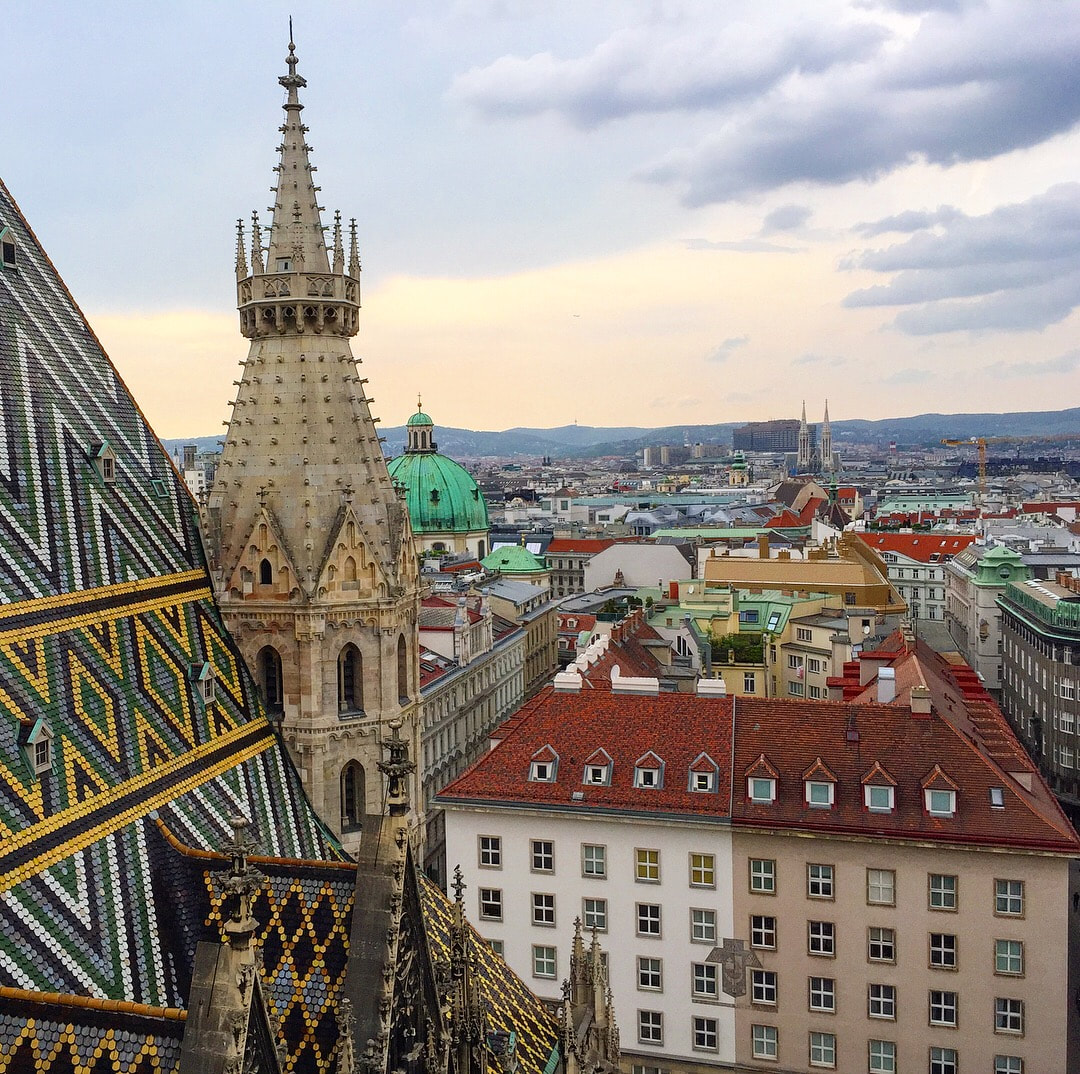
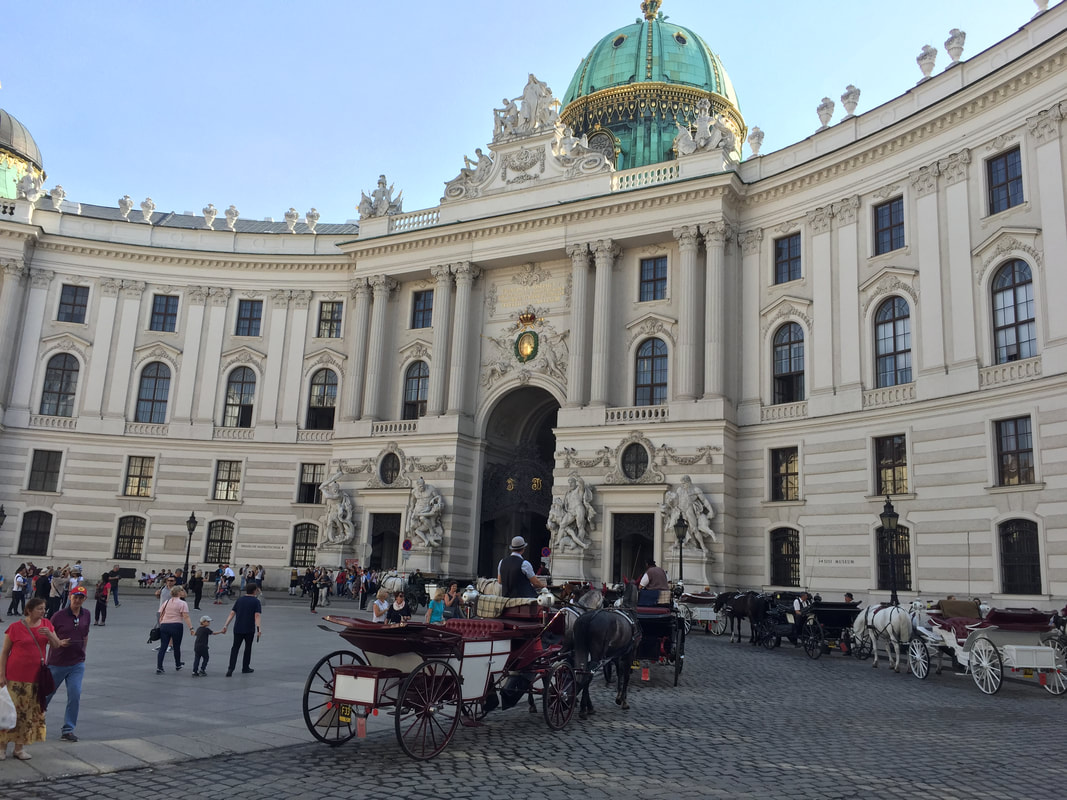
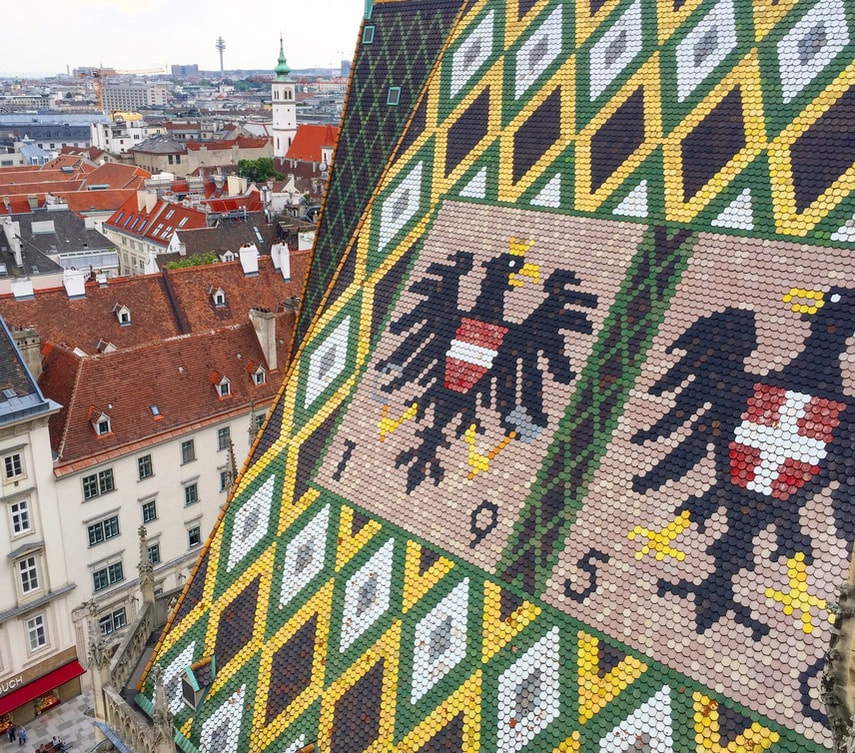
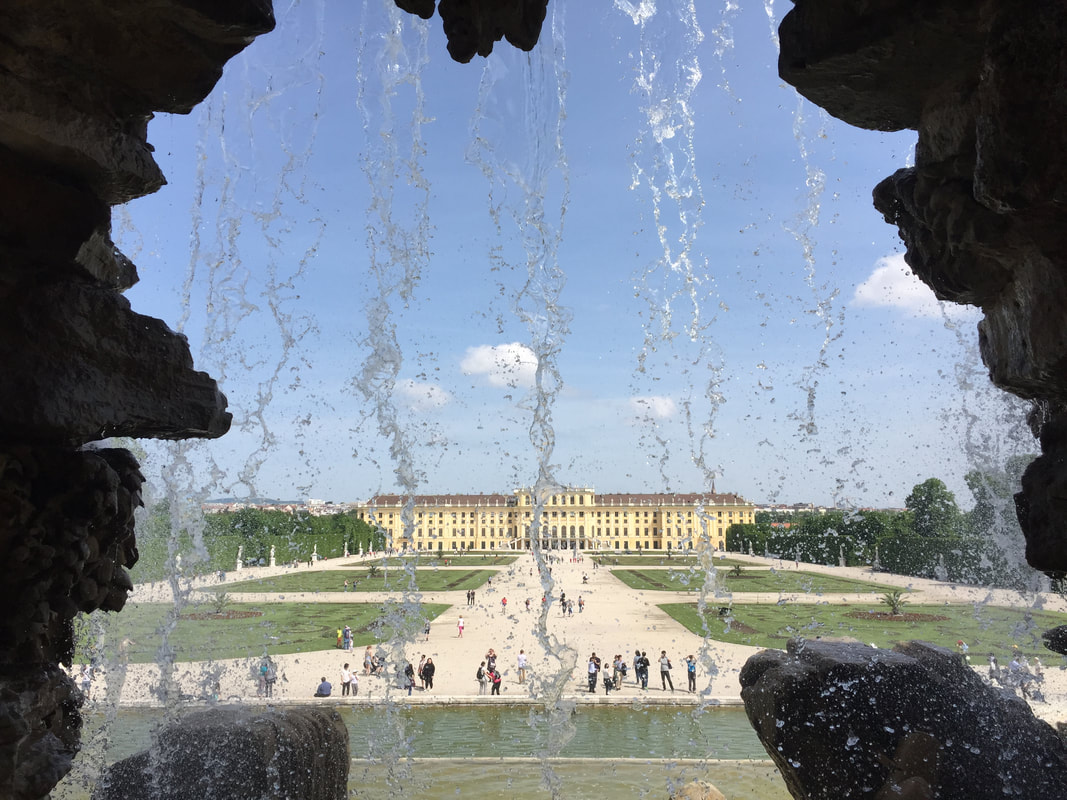
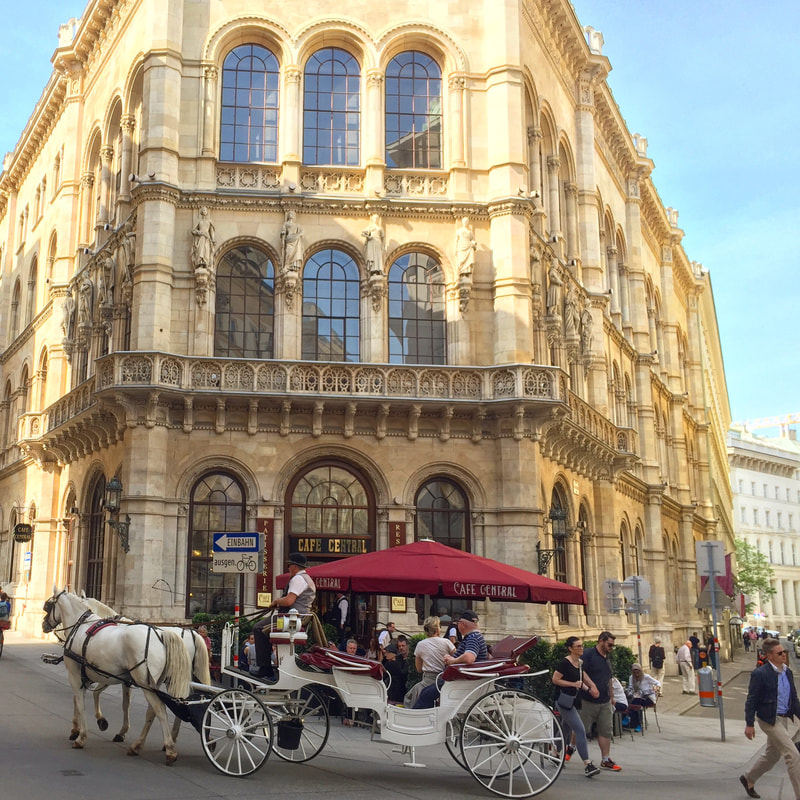
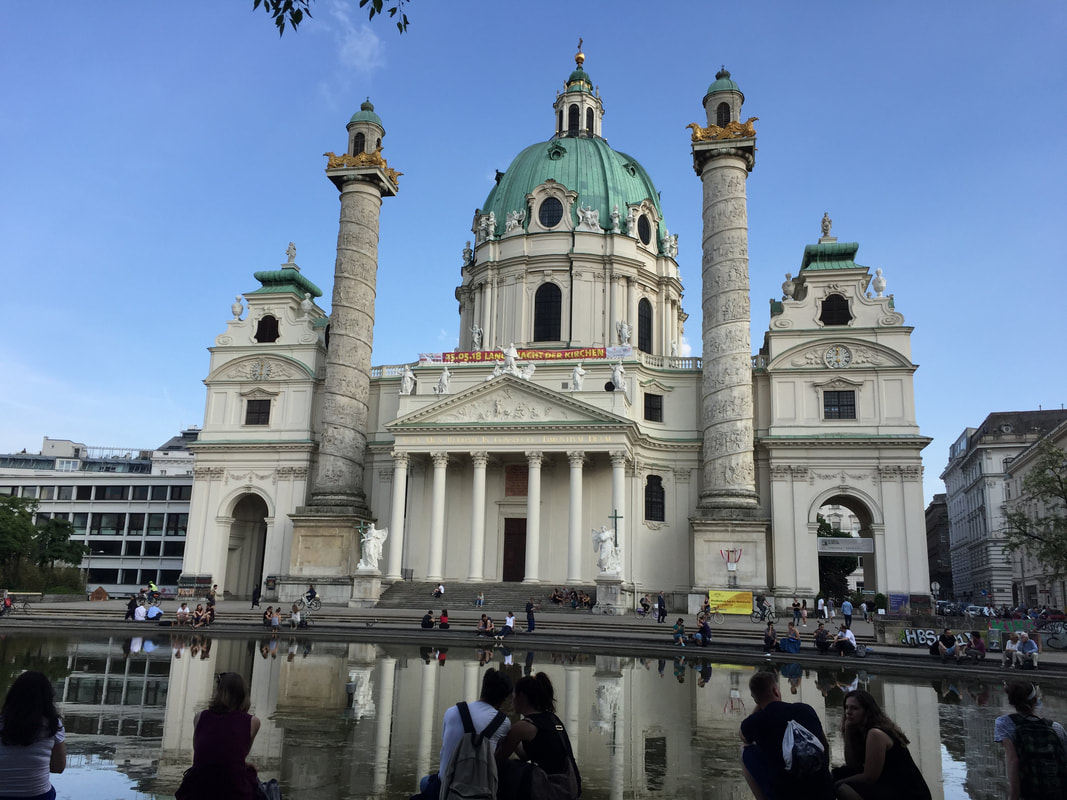
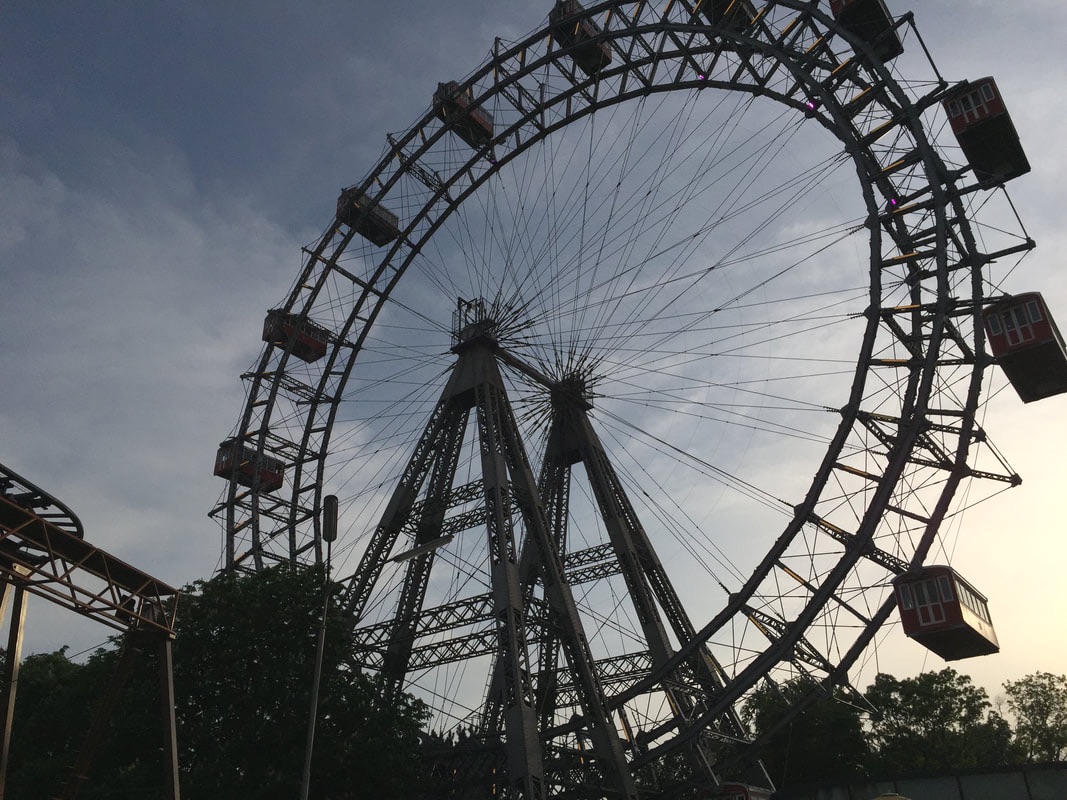
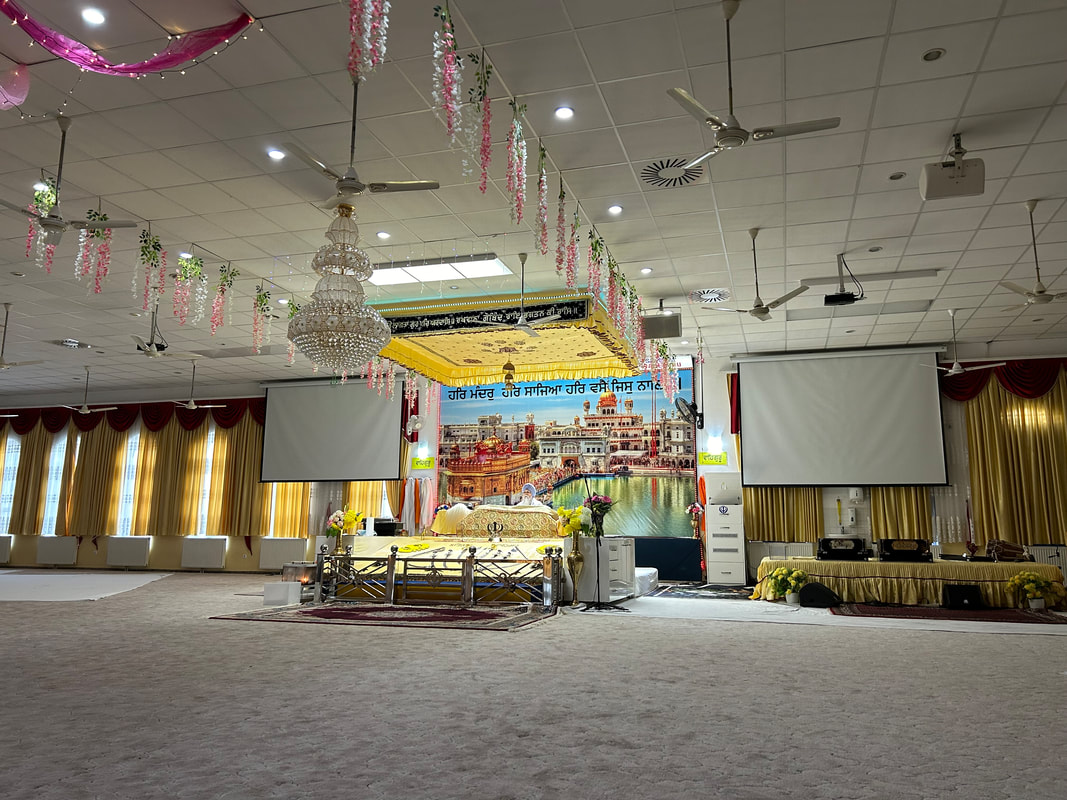
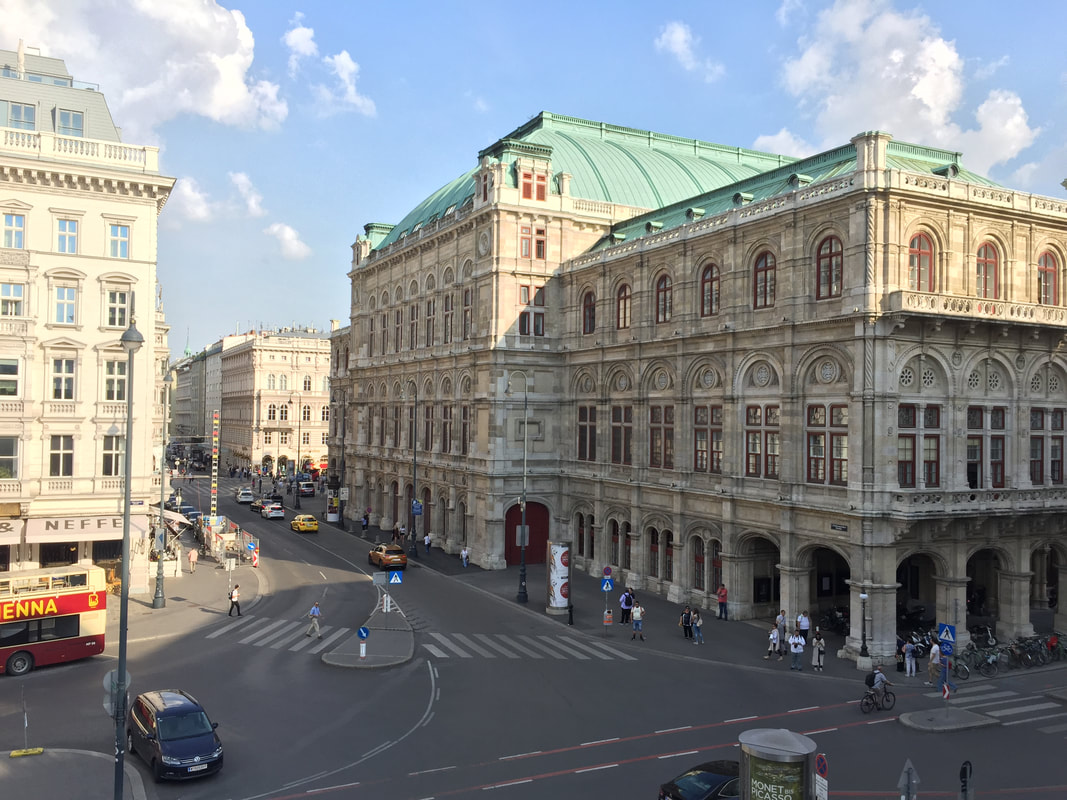
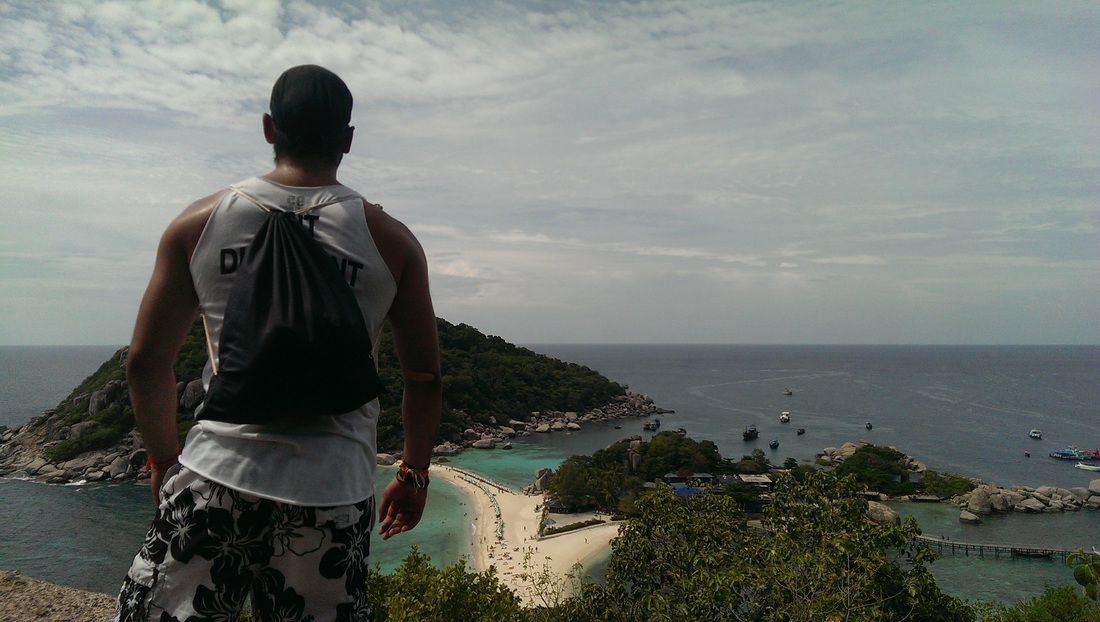
 RSS Feed
RSS Feed